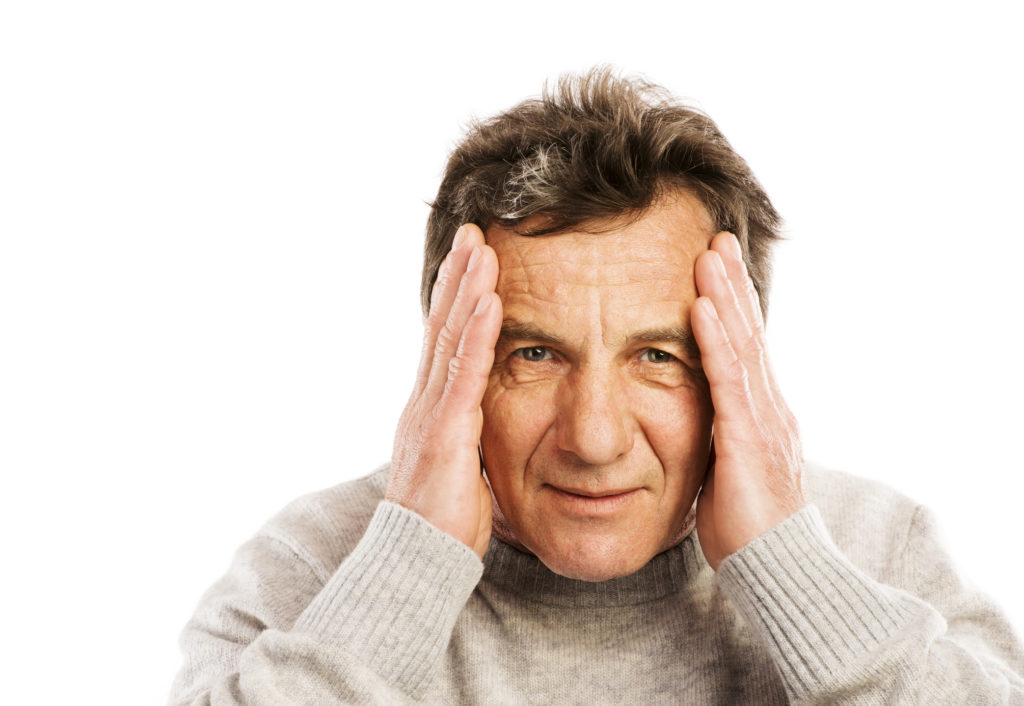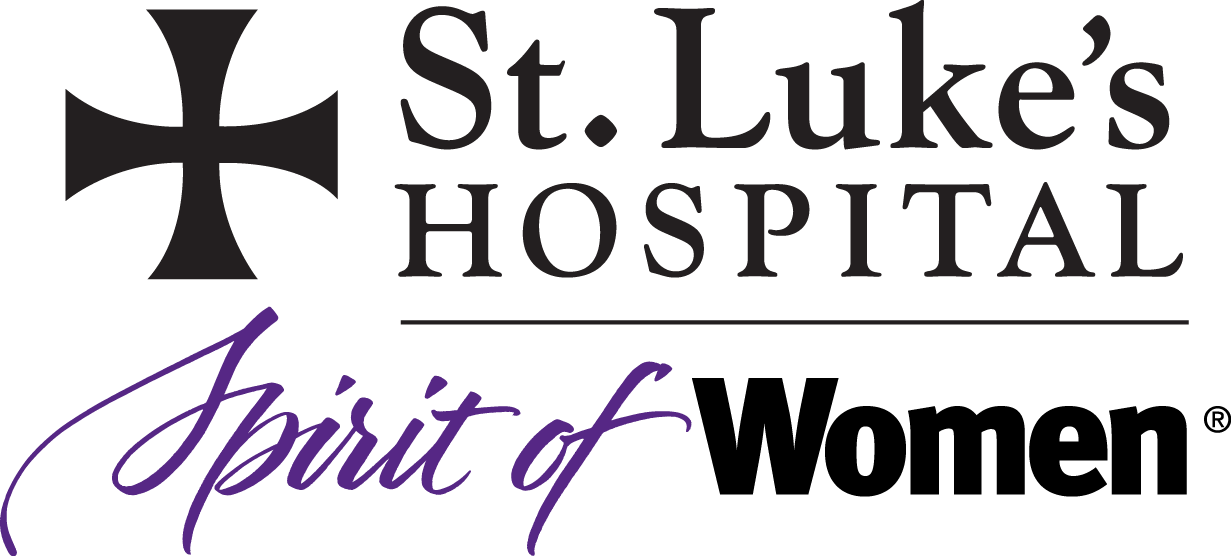Stroke
Stroke is classified as a brain disease that affects the arteries leading to and within the brain. It occurs when a blood vessel carrying oxygen and nutrients to the brain is blocked by a clot, or bursts. When this occurs, part of the brain cannot get the blood and/or oxygen necessary and begins to die.

Two types of stroke:
- An ischemic stroke forms a clot which obstructs the flow of blood to the brain
- A hemorrhagic stroke causes a rupture of a blood vessel that prevents the blood flow to the brain
Warning signs:
- Sudden numbness of the face, arm or leg, especially on one side of the body
- Sudden confusion, trouble speaking or understanding
- Sudden trouble seeing in one or both eyes
- Sudden trouble walking, dizziness, loss of balance or coordination
- Sudden, severe headache with no known cause
Treatment:
Generally there are three treatment stages for stroke: prevention, therapy immediately after the stroke, and post-stroke rehabilitation. Medication or drug therapy is the most common treatment for stroke. The most popular classes of drugs used to prevent or treat stroke are antithrombotics (antiplatelet agents and anticoagulants) and thrombolytics.
Assessing your risk of stroke
| QUESTIONS | POINTS | YOUR SCORE |
| Are you over 75 years of age? | 1 | |
| Do you have high blood pressure? | 1 | |
| Do you have diabetes? | 1 | |
| Do you have heart failure? | 1 | |
| Have you suffered from a stroke–even a mild stroke? | 2 | |
| TOTAL |
A risk score of two or above may indicate that more clinical assessments are required. Discuss your risk factors and any symptoms with your physician to determine the best treatment for your individual case.
